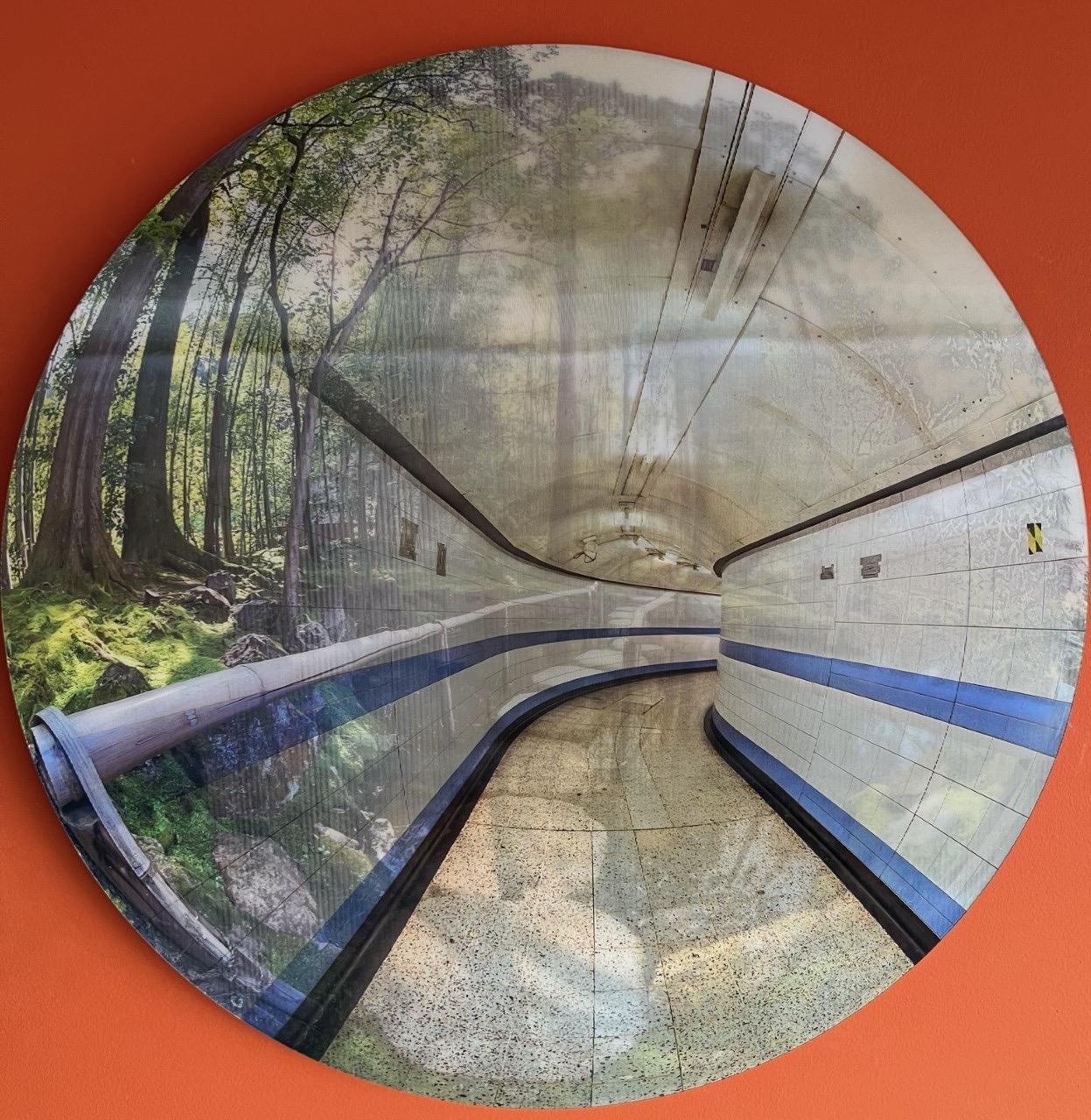Roberto Lombana
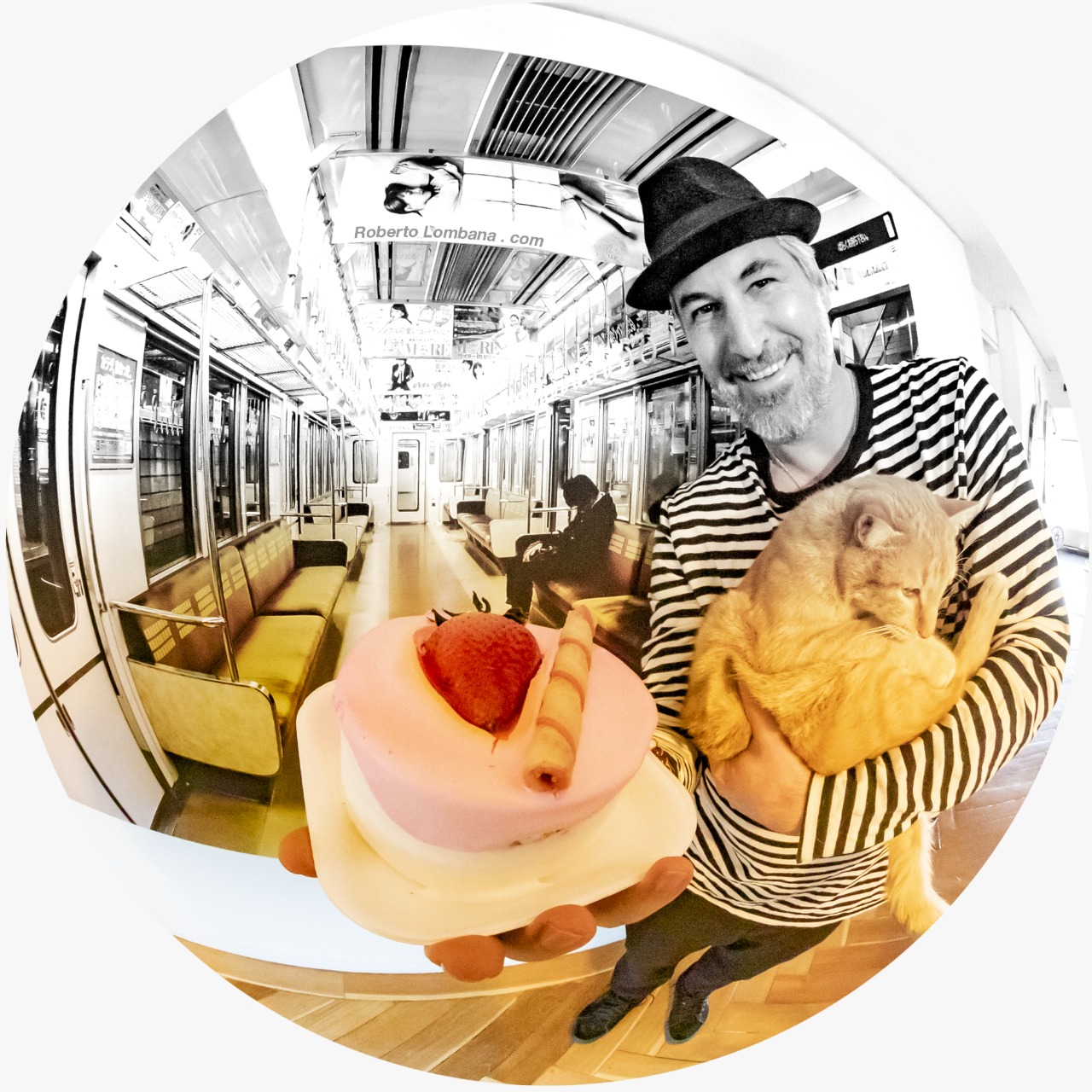
There is something personal about street photography, it’s the kinship we feel when viewing an image of something that is somehow familiar to us, whether it’s an escalator with a dog, an entrance to a train station that we recognise. Roberto’s recent paintings ‘Non Places’, is the concept of street photography but he gives it a little turn. There is that excited moment of realisation, when you recognise the interior of a red London bus or the pattern on the fabrics of an underground. With a fisheye lens he captures the characters from the inside of a theatre, a train, a grocery stand all taken in different locations on our planet. These paintings reflect a modern society, in circular mandala style paintings. The circular leads the eye in all directions of 180 degrees, and each of us notices a different detail. It is this that is the essence of his work, the fisheye capturing more than an average lens. These images of his travels from around the world, from the top of the London eye, to New York’s One World Trade Centre, capturing the world from one spot on earth. The surrounding skyline, giving these mandala style artworks almost an idea of what it would look like to view these places from space.

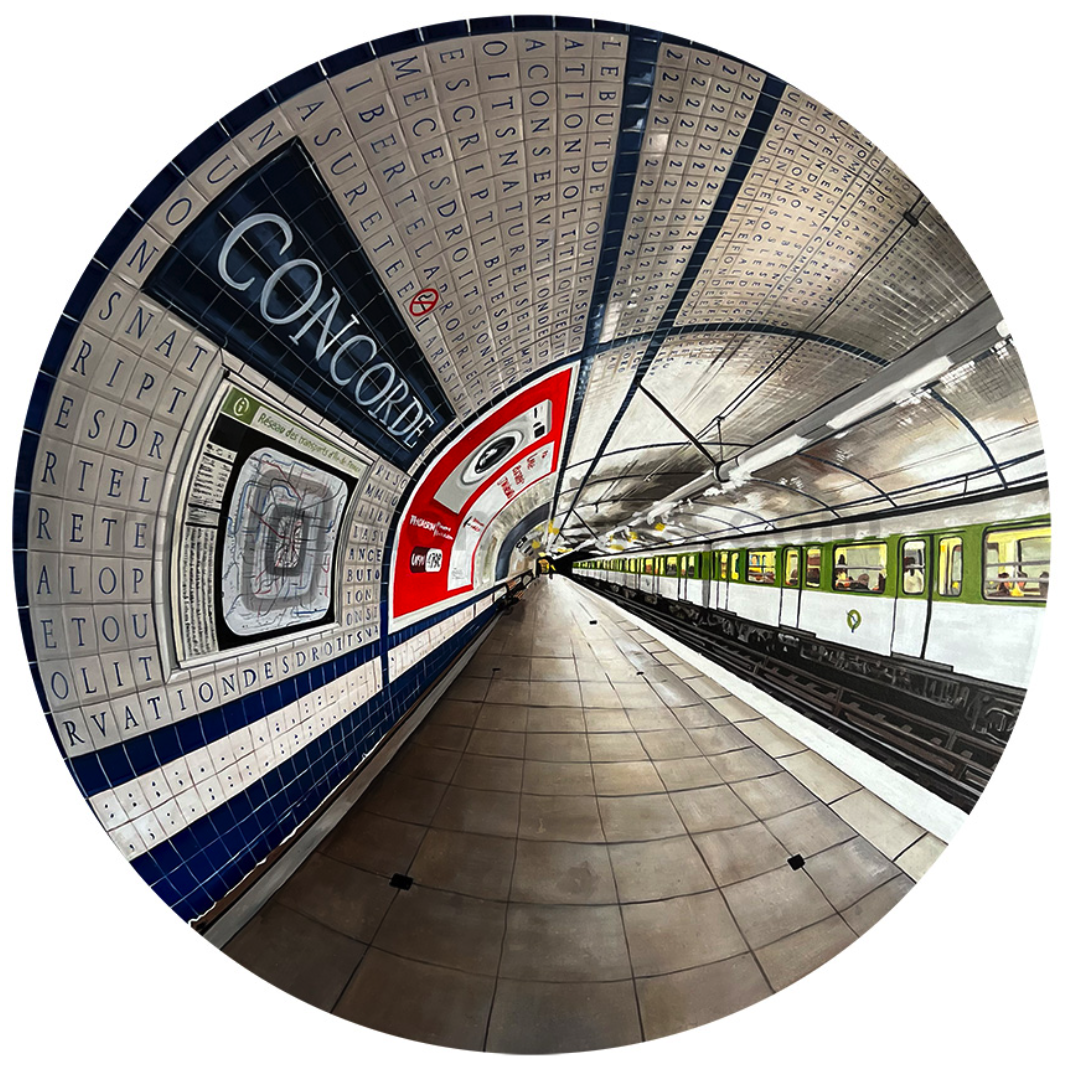

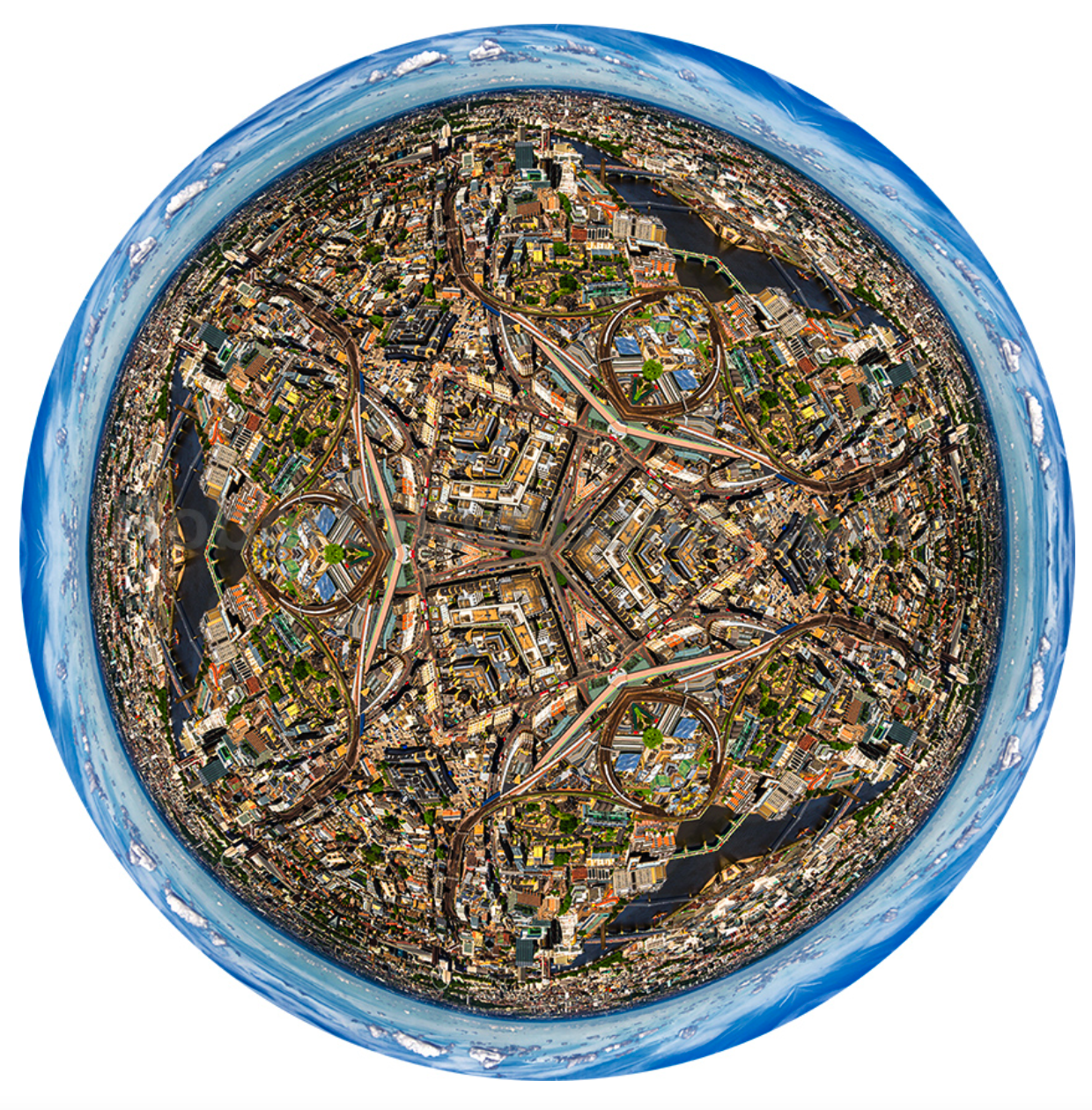
Roberto was born and raised in Bogotá, Colombia, and this is where he still calls home. Although travelling the globe and taking photographs is what he defines as his art “The world is my studio”. He shows me how his recent series of lenticular photographs, ‘Yin and Yang’ a literal bird’s eye view, that transforms from the fisheye image of a city’s jungle of high rises and then shifts to a view of an actual jungle. Whether you move your phone camera, or lean from one side to the other, it is a world in motion, the image resting in the balance between the viewer’s left and right eyes. The scene presented is never stable, but depends on the angle from which the image is viewed. There is parallel in the symbolisms within the meaning; as in essence a mandala is a ‘circle’ in Sanskrit, which symbolises the universe, and is used primarily in Hinduism and Buddhism as an aid to meditation; which is about accessing our consciousness or higher self. The spiritual journey, starting from outside to the inner core, through layers. It is this transformative metaphor in Roberto’s artwork, that is the combination of the spiritualism of the mandala and at the same time the destiny of human consciousness into the future.
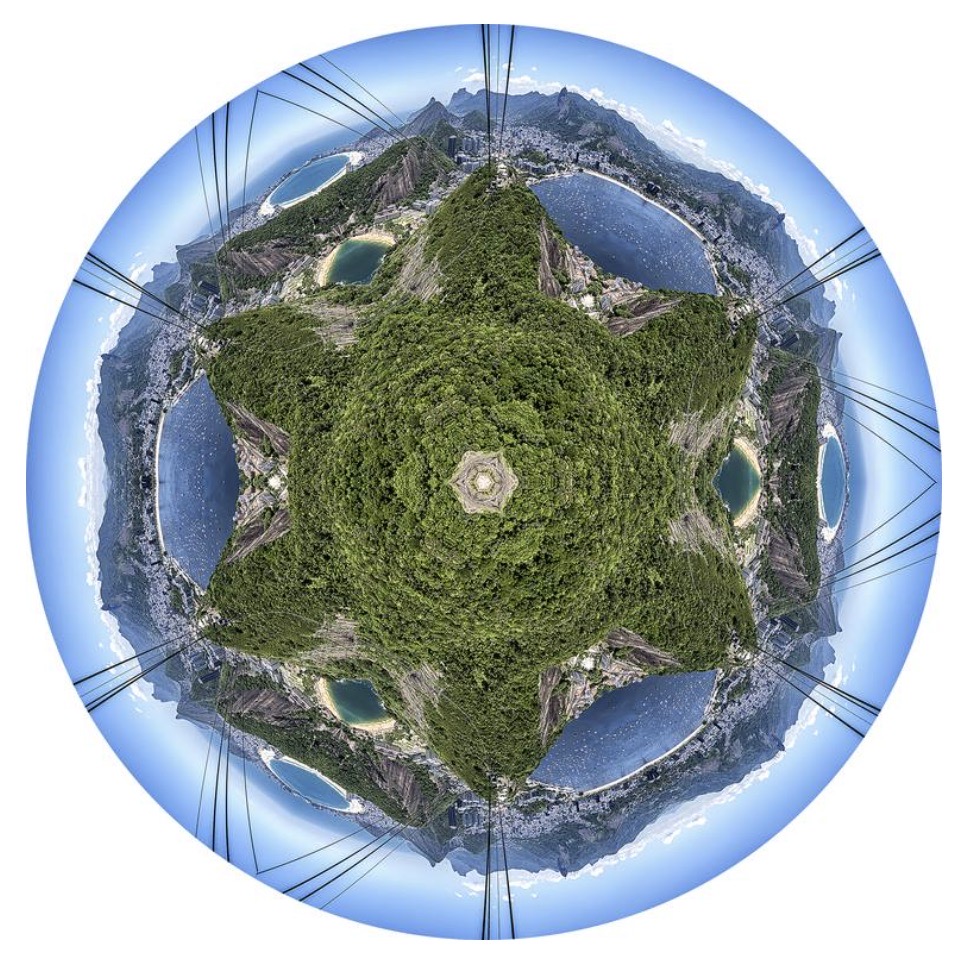
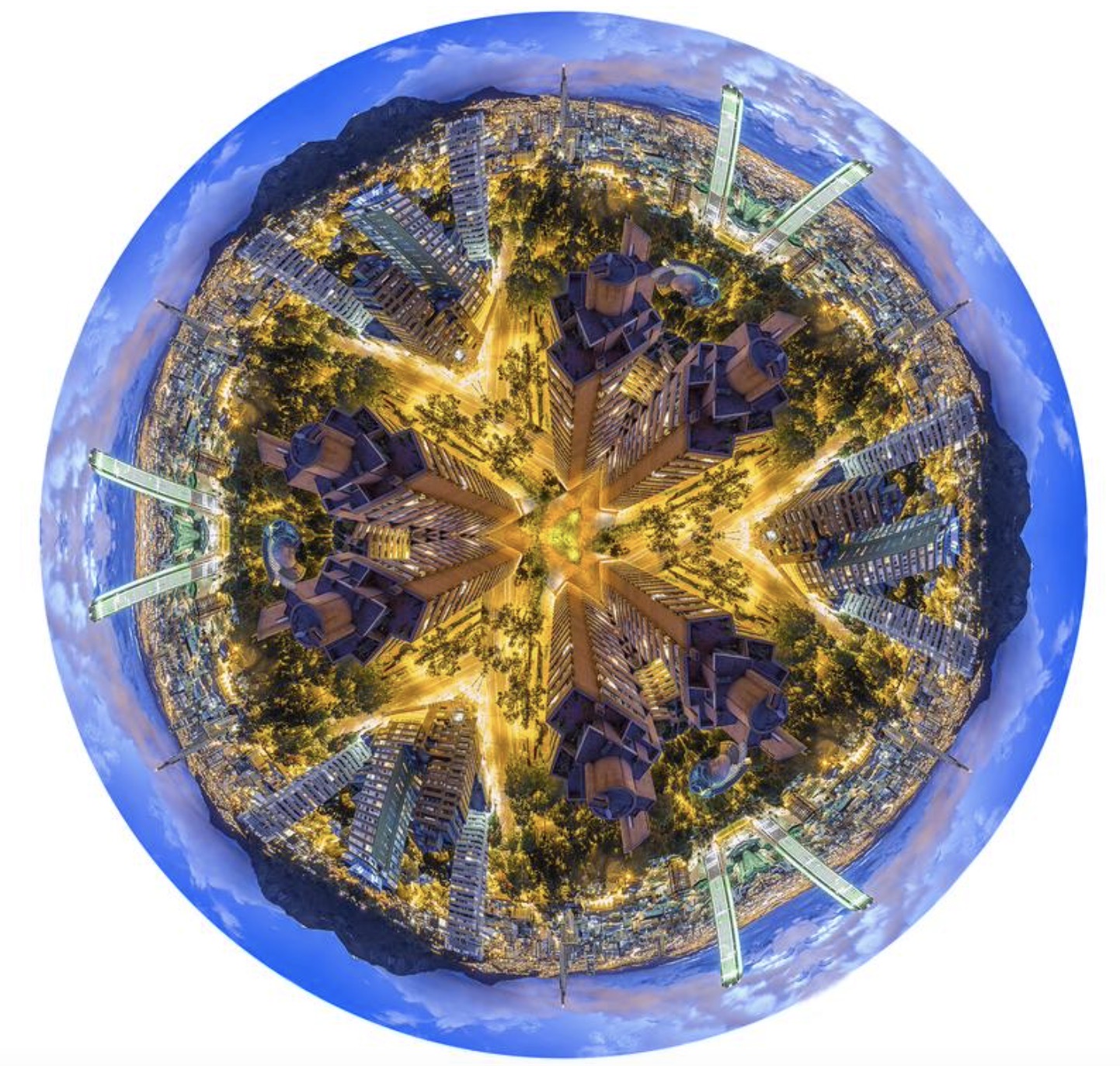
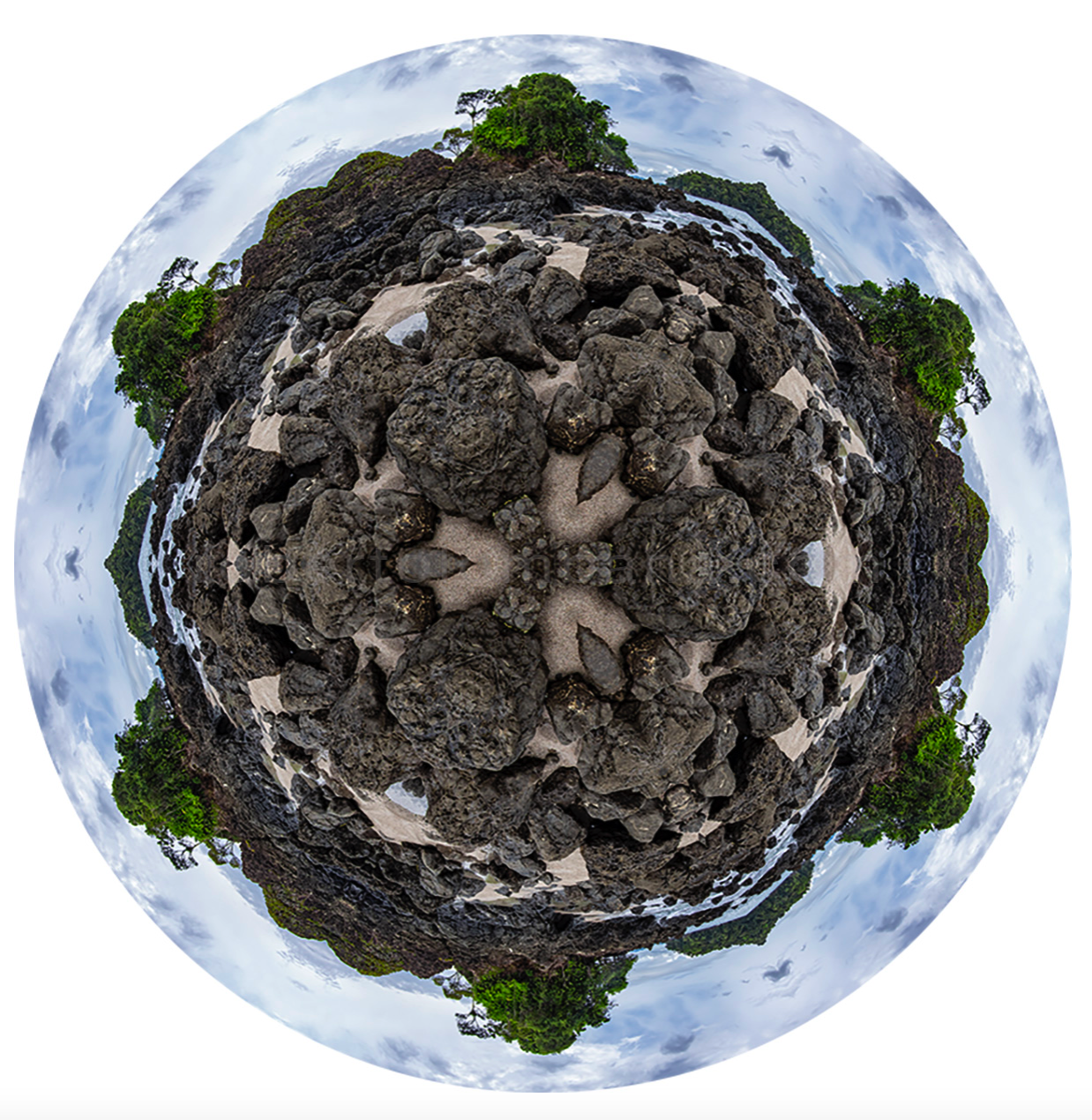
Roberto tells me that he actually has always been a street photographer and he only recently started painting his own photographs. It was during the pandemic, where he had the time to paint. We then had a whole conversation, about painting from projected images, and he tells me about a book ‘Secret Knowledge’ by David Hockney, a theory about the old masters dating back to around 1420, Hockney tries to prove with considerable evidence how the artists at that time in Europe, painted from projected images onto canvas, using simple forms of photography with lenses, either glass or mirrors. It is fascinating stuff, worth looking into; a documentary is available by the BBC and argues the idea very well, through theories of perspectives and lighting. Roberto talks to me about how his own fascination with photography started. It’s a story starting with his great-grand father’s art photography, and the camera passed on to the next generation. He tells me about being allowed to take at most two photographs on family holidays as a boy with the inherited family camera, a Canon A1. “We couldn’t waste the film” he tells me, “there were only 36 frames on each slide film” he exclaims “Now-days we can take hundreds at a time”.
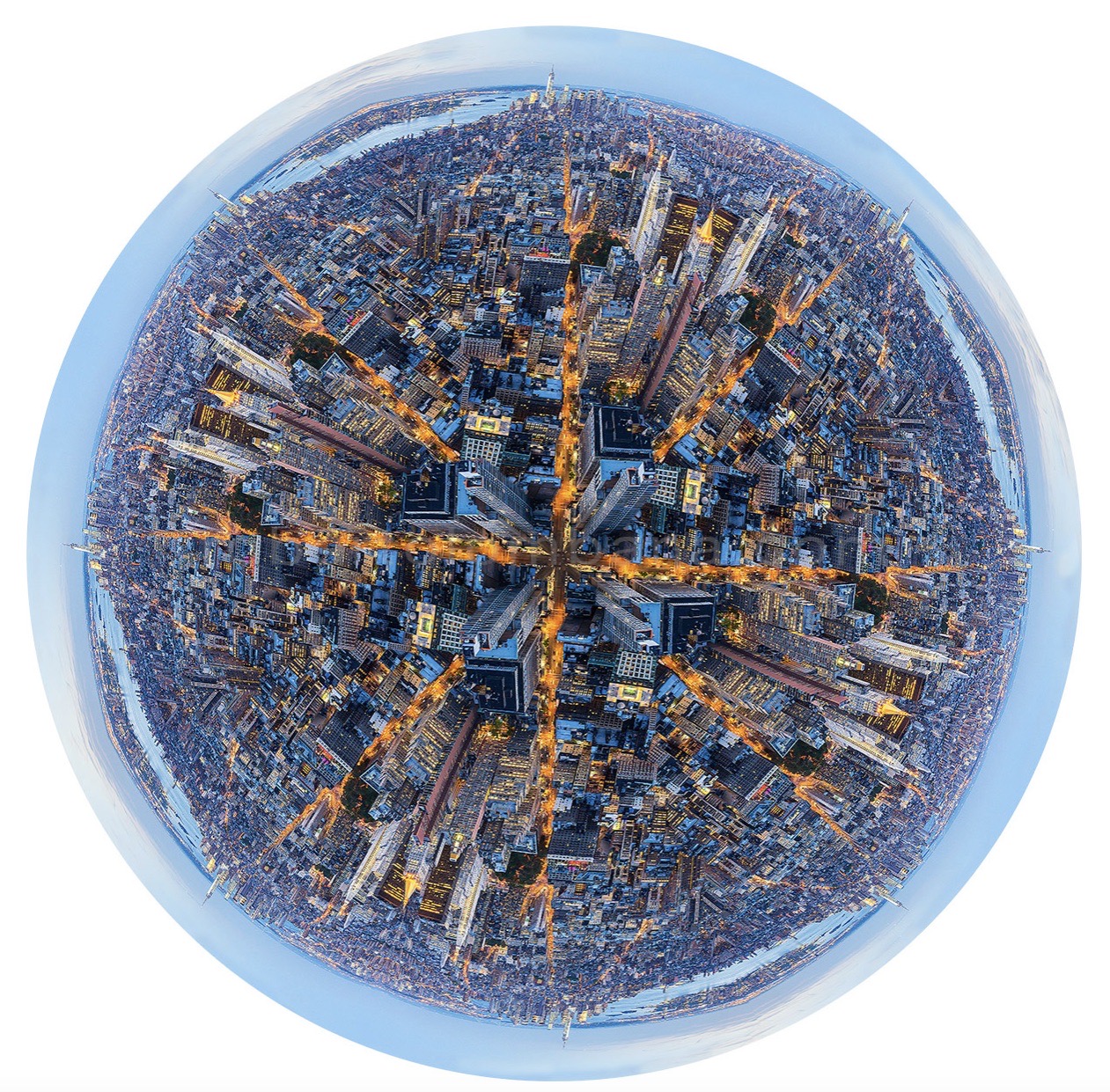

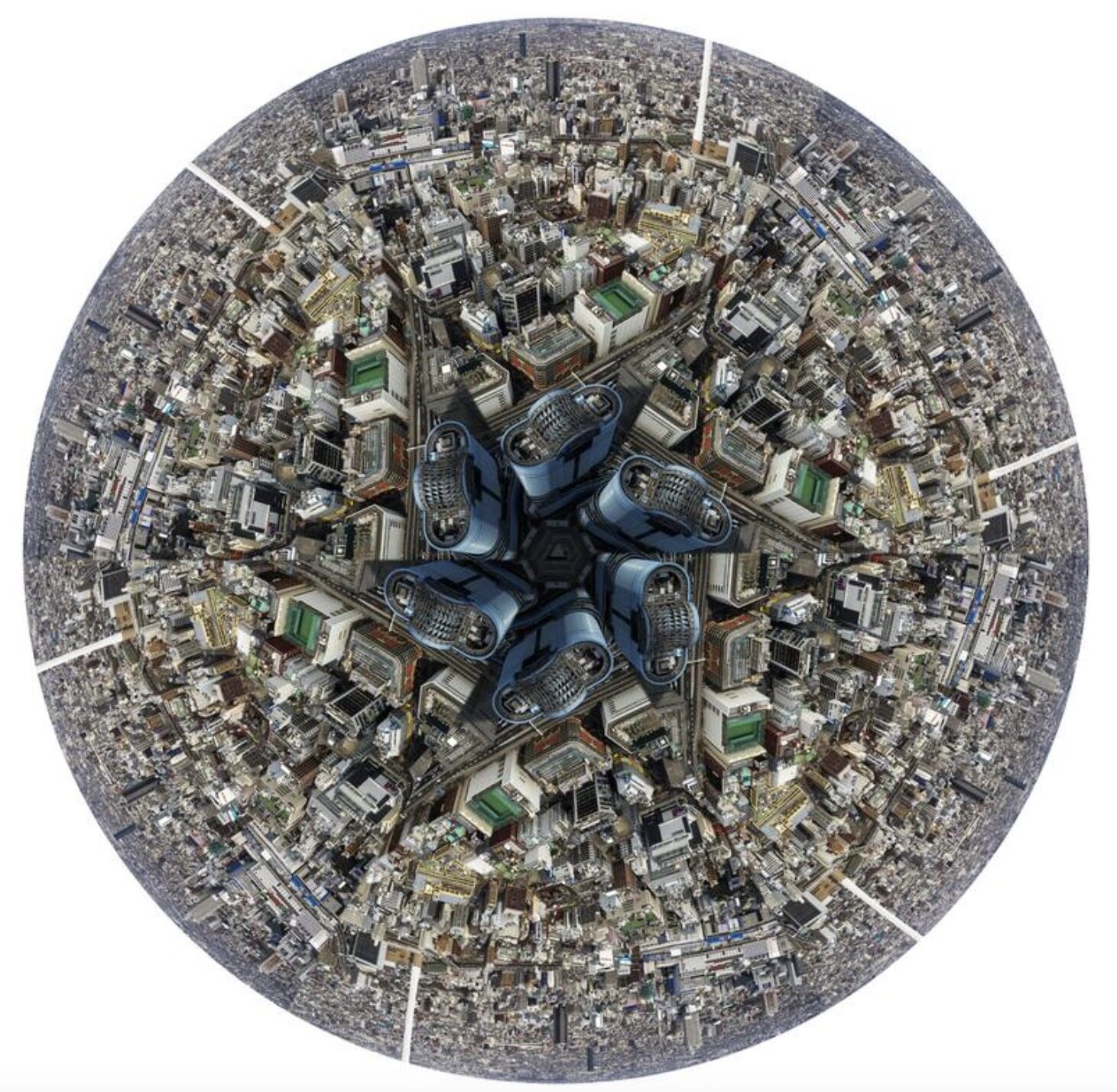
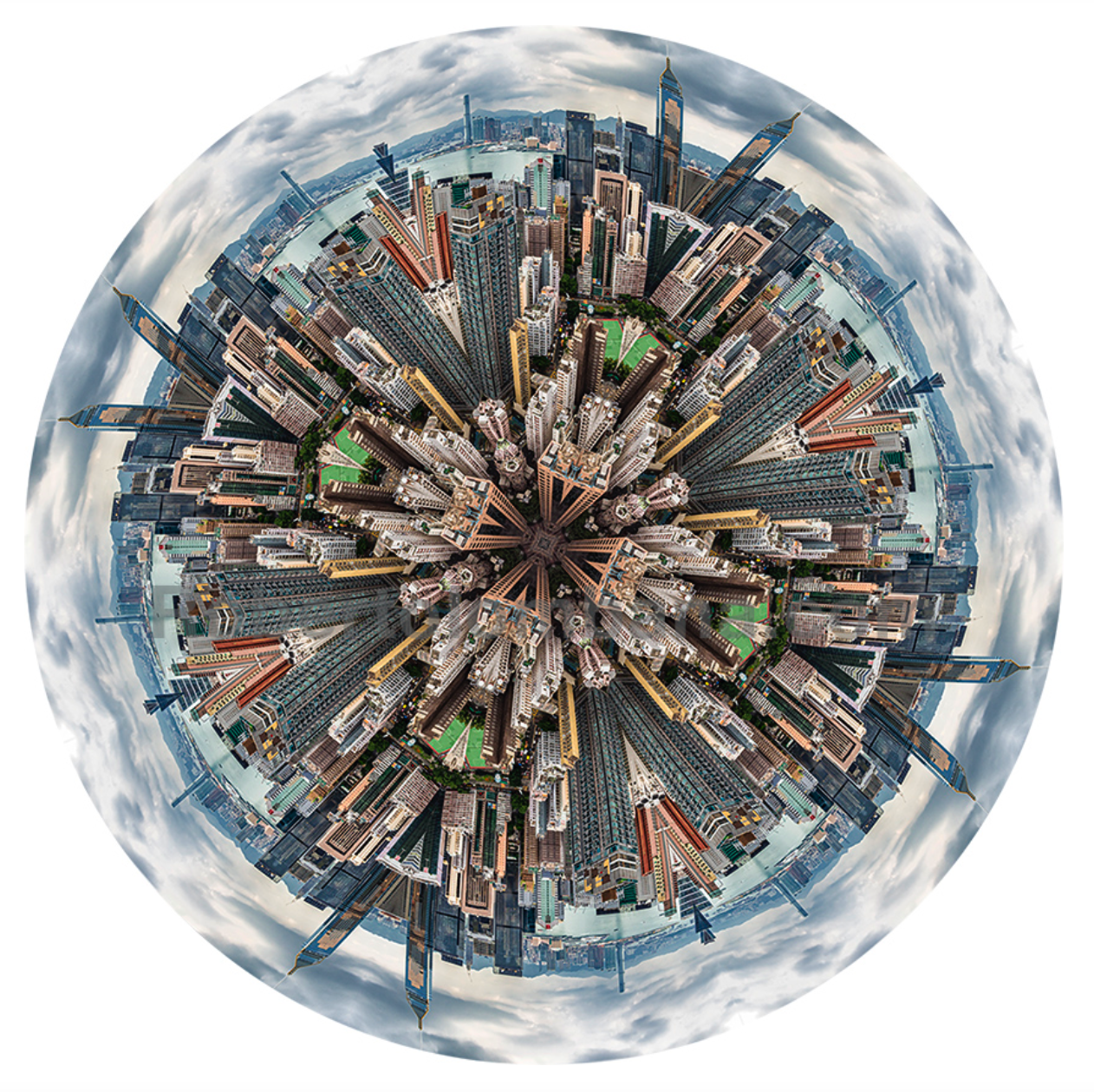
As a boy Roberto was more of a sports person, a footballer or some may call it soccer, and an avid skateboarder, he enjoyed viewing the skateboarding photos taken with a fisheye lens in magazines such as Thrasher, and how they inspired him. It was the influence of his grandparents and his great-grandfather, Roberto explains, that led to a path in art, his regular visits to his grandparents home in Washington, where his grandfather worked at the World Bank, and his grandmother taking him to all the museums, educating him in art and art history. If he wanted a burger, Roberto explains, she would insist only after a visit to the museum. Most significantly it was the influence of his great-grandfather’s art photos printed on glass that Roberto discovered, and he began digitalising and silk printing the images. Project and then paint them onto canvas and different papers, in one of his first series ‘Centenary’ in 2006, this was the start of what would eventually lead him to his own career.
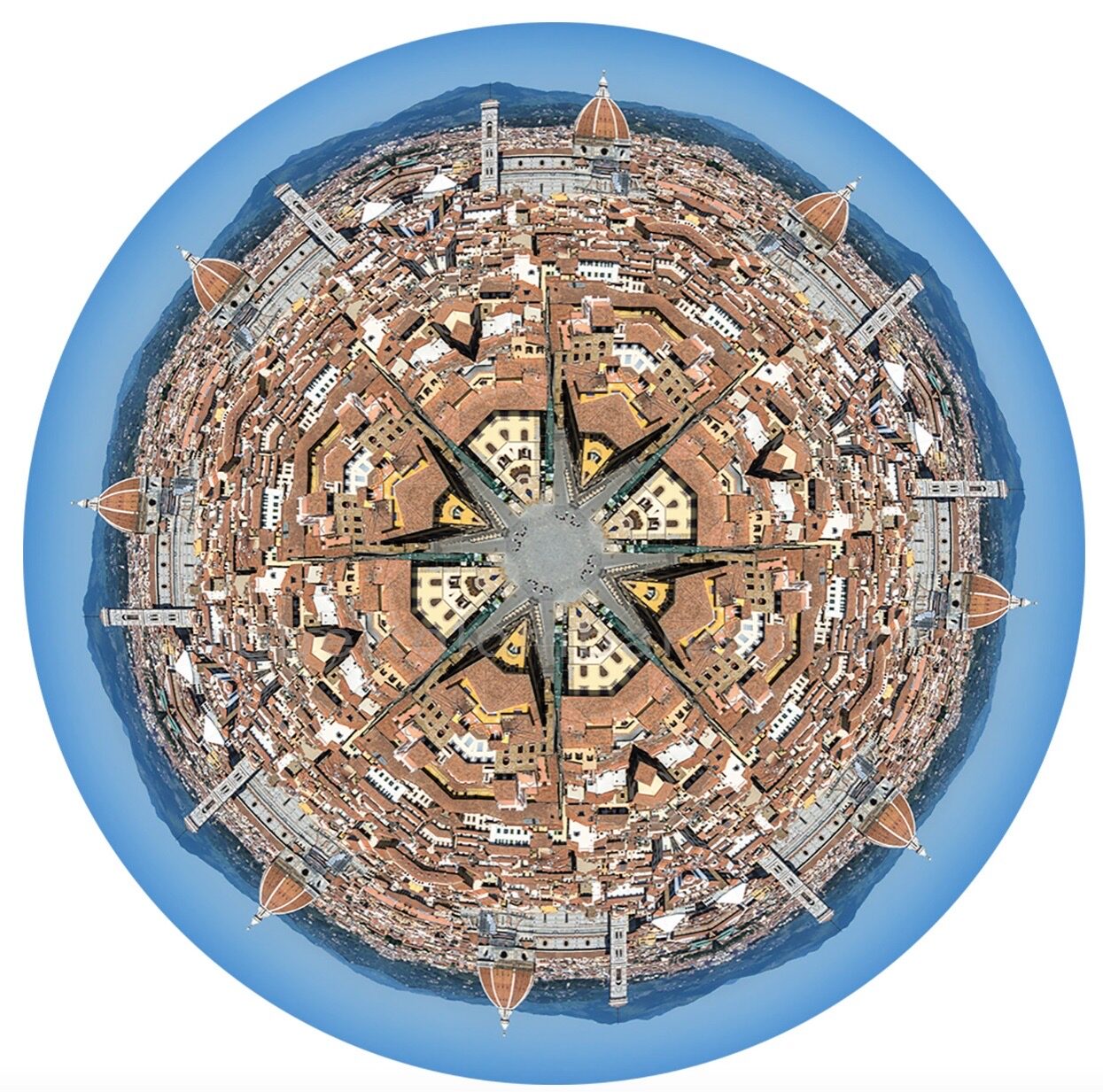
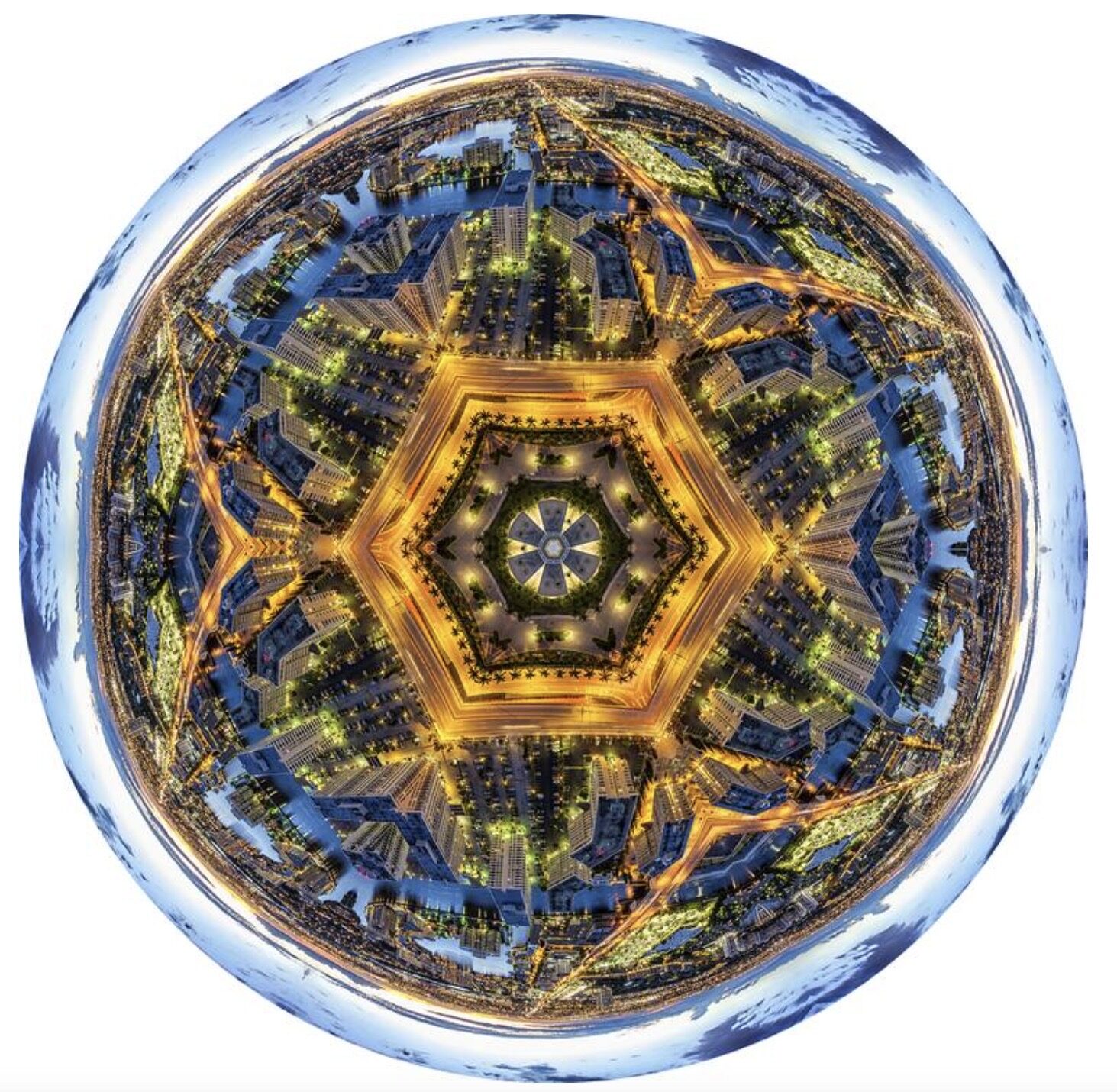
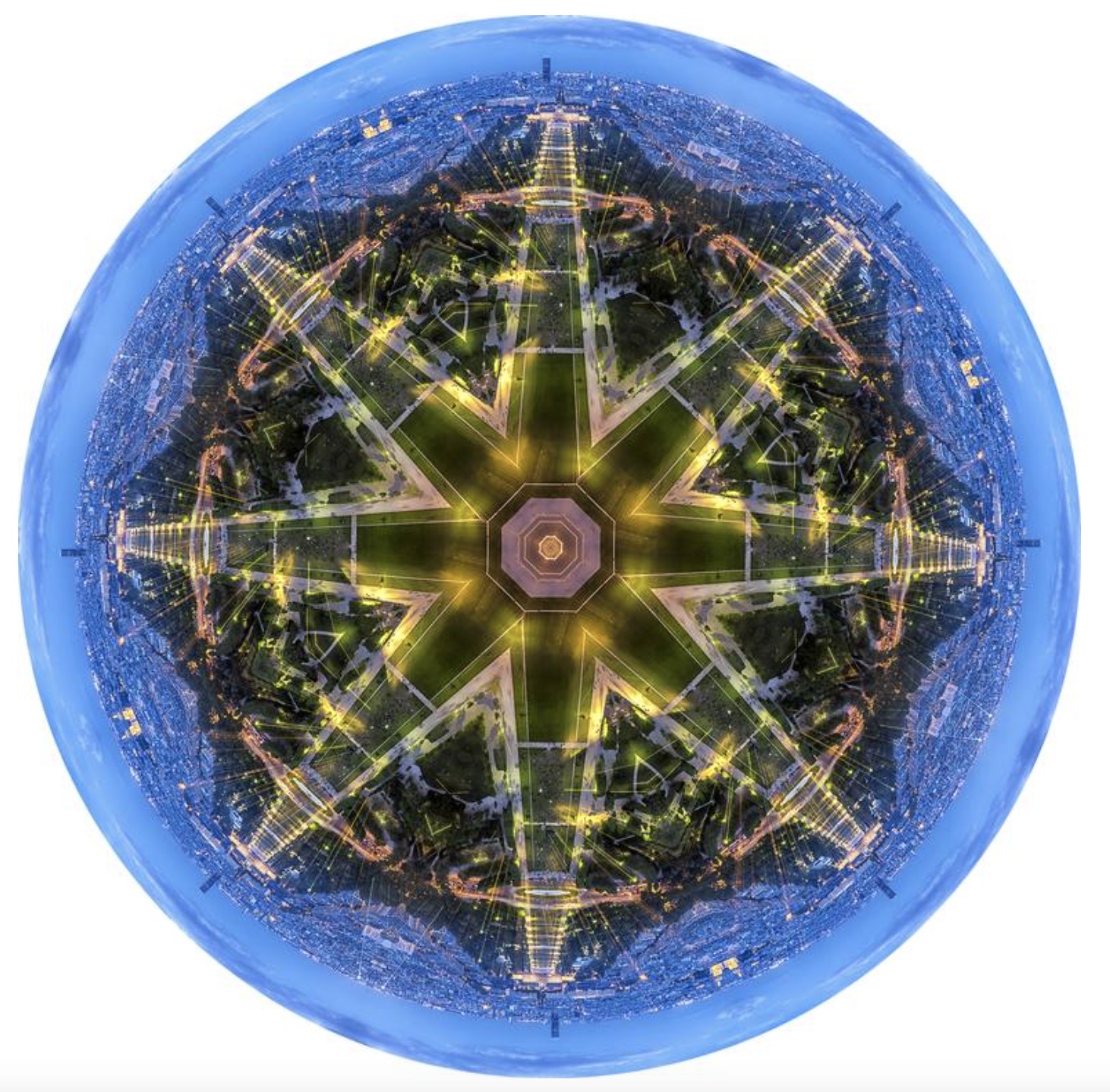
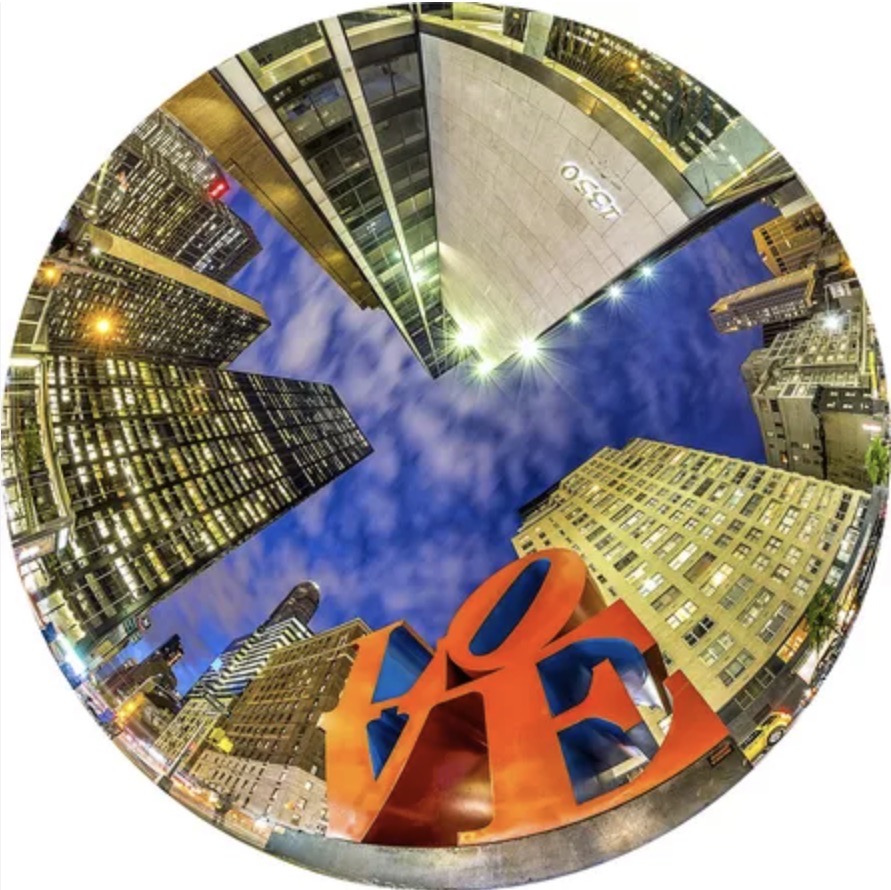
Interestingly it is psychology that Roberto studied, he attended Arizona State University, in Phoenix. A large university with 50 thousand students, there are 50 classes to graduate in, he explains, 25 of them are obligatory, and he chose the subjects that included design, architecture and art. During his studies, he continued painting artworks from other people’s photographs. After receiving his BA he returned home to Colombia and took a course in photography as well as film photography. Followed by etching classes for four months in Florence, “Visiting only museums, especially The Uffizi and restaurants ” he tells me.
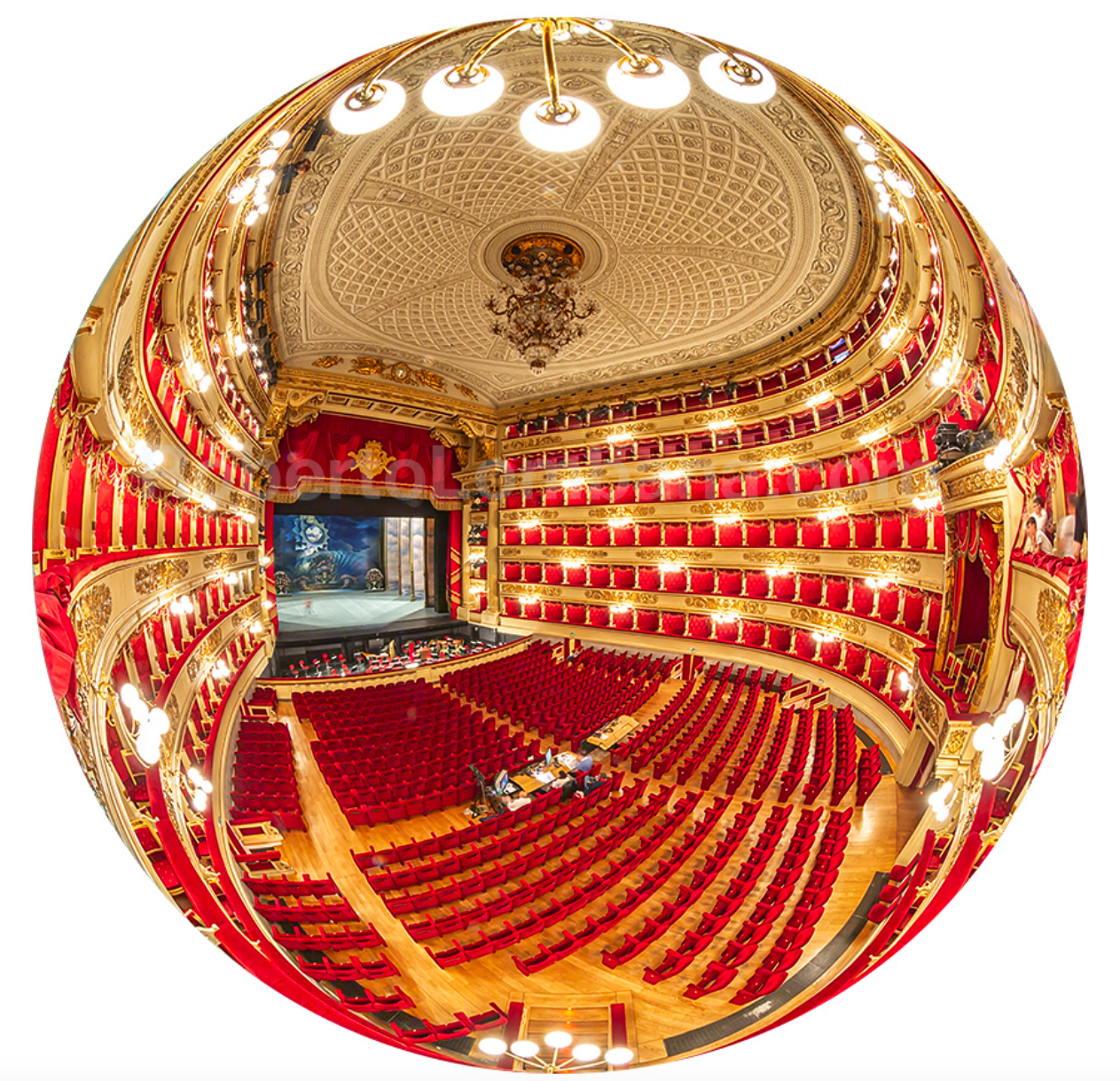
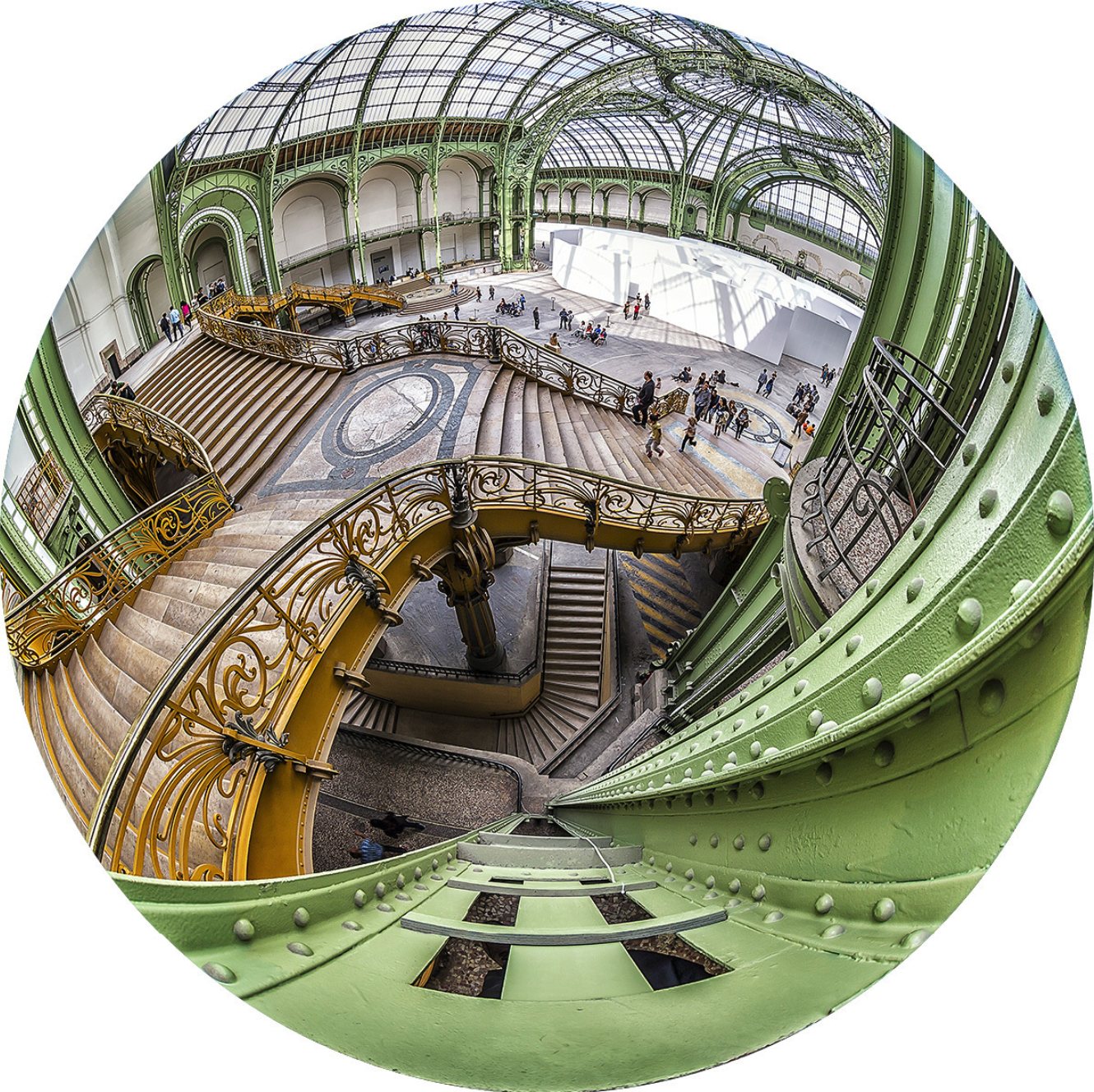
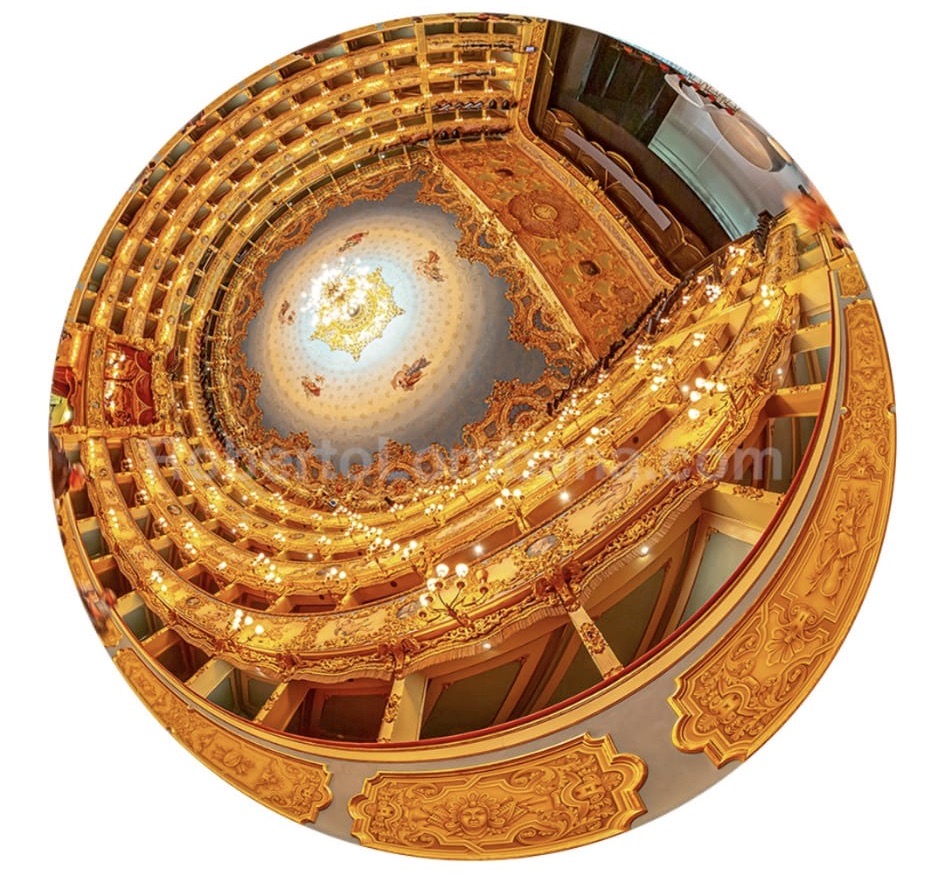
It was in May 2007, that he bought his first digital camera, and his goal was to visit the B&H, camera store in New York to make his first purchase; however when he insisted on purchasing an 8 mm fisheye lens, he almost had an argument in the store, as they couldn’t understand why on earth his wanted this lens as a street photographer. He walked out and took his first photograph “I felt the mystical connection” Roberto exclaims. He returned to Bogotá, and friends and collectors started buying his photos. This was his transition to develop his own style he explains with his progressive vision of the future, and what you bring to the Metaverse. As well as his respect for his favourite classical artists Botticelli and Rafael, along with more progressives such as Picasso, Richard Estes, Fernando Botero, Carlos Cruz-Diez, and his vision with the evolution of art. As we continue to meander into a new age with Augmented reality, NFT’s and a digital world.
Interview: Antoinette Haselhorst
